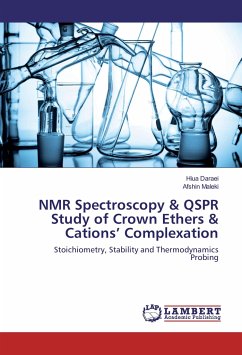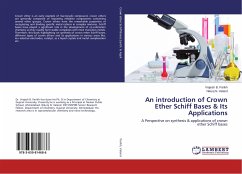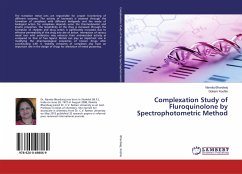Crown ethers are compounds with multiple oxygen heteroatoms (three or more) incorporated in a monocyclic carbon backbone. They were first synthesized by Pedersen. Their generic name originates from their molecular shape, reminiscent of a royal crown. According to the ''hard-soft'' acid-base theory and owing to the nature of their binding sites and to the presence of a hydrophilic cavity delineated by a lipophilic envelope, crown ethers exhibit a strong affinity and high selectivity for ammonium, alkali and alkaline earth metal ions. Crown ethers were the first synthetic ligands for which this pronounced selectivity was identified. Furthermore, because of their selective complex formation with hard metal ions as well as their negligible water solubility, crown ethers have been extensively used as suitable ion-carriers in solvent-solvent and solid phase extractions, ion-transport, ion-selective and PVC membrane ion-selective electrode studies, and the crown ether complexes used as a nano-switch recently.
Bitte wählen Sie Ihr Anliegen aus.
Rechnungen
Retourenschein anfordern
Bestellstatus
Storno








